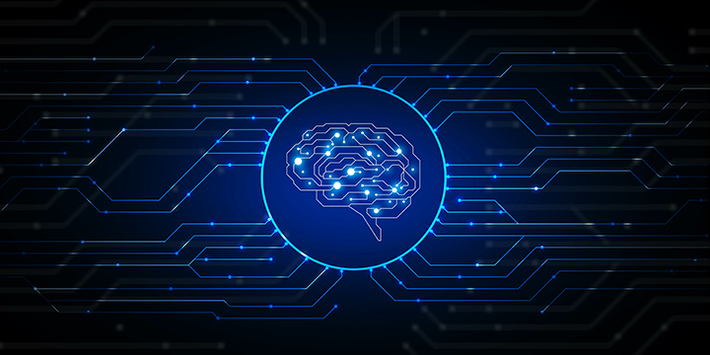
The ability for machines to reasonnot just identify patterns in massive data amounts, but make rule or logic based inferences on domain specific knowledgeis foundational to Artificial Intelligence. The growing momentum around Neuro-Symbolic AI and the increasing reliance on Graph Analytics demonstrate how important these developments are for the enterprise.
Combining AIs symbolic knowledge processing with its statistical branch (typified by machine learning) produces the best prescriptive outcomes, delivers total AI, and is swiftly becoming necessary to tackle enterprise scale applications of mission-critical processes like foretelling equipment failure, optimizing healthcare treatment, and maximizing customer relationships.
Graph Neural Networks (GNN) exemplify the confluence of machine learning and AI reasoning. Their underlying graph capabilities are ideal for applying machine learnings advanced pattern recognition to high-dimensional, non-Euclidian datasets that are too complex for other machine learning types.
Organizations get two forms of reasoning in one framework by fusing GNN reasoning capabilities around relationship predictions, entity classifications, and graph clustering, with classic semantic inferencing available in Knowledge Graphs. Automatically mixing and matching these two types of reasoning is next level AI and is the basis for predicting any business event based on context at scale.
Creating Knowledge from Knowledge
The reasoning furnished by semantic inferencing and Graph Neural Networks is complementary because it has similar functionality for distinct applications. Although semantic knowledge graphs support both, they offer native support for semantic inferencing. This formidable capability effectively allows organizations to derive new knowledge from existing facts about their data.
For example, if theres a fact stating Bills a human, humans are a type (subclass) of mammal, and mammals are types of animals, a query for all animals will show Bill in the results without explicitly telling the system Bills an animal. The system will add this fact to its other knowledge. Although this example is trivial, the capability to infer additional knowledge from existing knowledge is critical to understanding, determining, and contextualizing relationships for enterprise knowledge or taxonomies about critical data in healthcare, such as patient encounters, diagnoses types, treatment options, billing, and other healthcare concerns.
Inferring Relationships, Entities
The ability to augment queries with semantic inferencing is drastically improved by the intelligent inferences of Graph Neural Networks. This combination issues astonishingly accurate predictions not otherwise possible at a scale and specificity that transforms everything from next best customer interactions to optimizing patient outcomeswhich has become more important than ever.
Graph Neural Networks work on high-dimensionality datasets that elude the pattern detection of typical vectorized approaches. They intelligently classify entities based on findings, predict relationships between data (specifically by pinpointing missing or additional links between nodes in knowledge graphs), and decouple subgraphs in elaborate knowledge graphs. They leverage graph aware analytics to do these statistical tasks. This assortment of Graph Neural Network capabilities provides unparalleled results for garnering predictions or prescriptions about highly contextualized datasets like evaluating social networks to discern who the influencers are among customers, products, or defense industry interests.
In Tandem
The best results occur when users pair the reasoning of semantic inferencing and graph neural networks in a single semantic graph framework. The medical profession is just one of the many verticals that can immensely benefit from this unification of symbolic AI and AIs statistical foundation. For instance, with the proper taxonomies in place practitioners could use it to identify the top additional medical conditions someone with hay fever will get. They can also go a step further and examine the statistical and taxonomical relationships for any individual to predict the most likely set of next maladies such a patient is likely to getshedding insight into his or her medical future via his or her medical past.
Positive downstream effects include all of the preventative steps practitioners can implement for patients, as well as aggrandizing this knowledge into the knowledge graph to better inform future queries and predictions.
Intelligent Reasoning
Organizations simply have to prepare suitable taxonomies and ontologies and logic rules to apply semantic inferencing and add to that the reasoning capacity of Graph Neural Networks to their business problem of choice. This approach is critical for use cases like predicting part failure in aircraft across types of parts, craft, and IT systems involved. This knowledge, in turn, is indispensable for remediating any discerned issues via preventative maintenance.
Graph Neural Networks open the scope of possibilities organizations can realize by utilizing both sides of AIs lengthy historyits statistical and knowledge foundation. Best of all, these reasoning approaches add to the knowledge that organizations have for their particular domain issues, propagating their ability to analyze, learn about, and deal with them in a virtuous cycle indicative of AIs impact across the data sphere.
